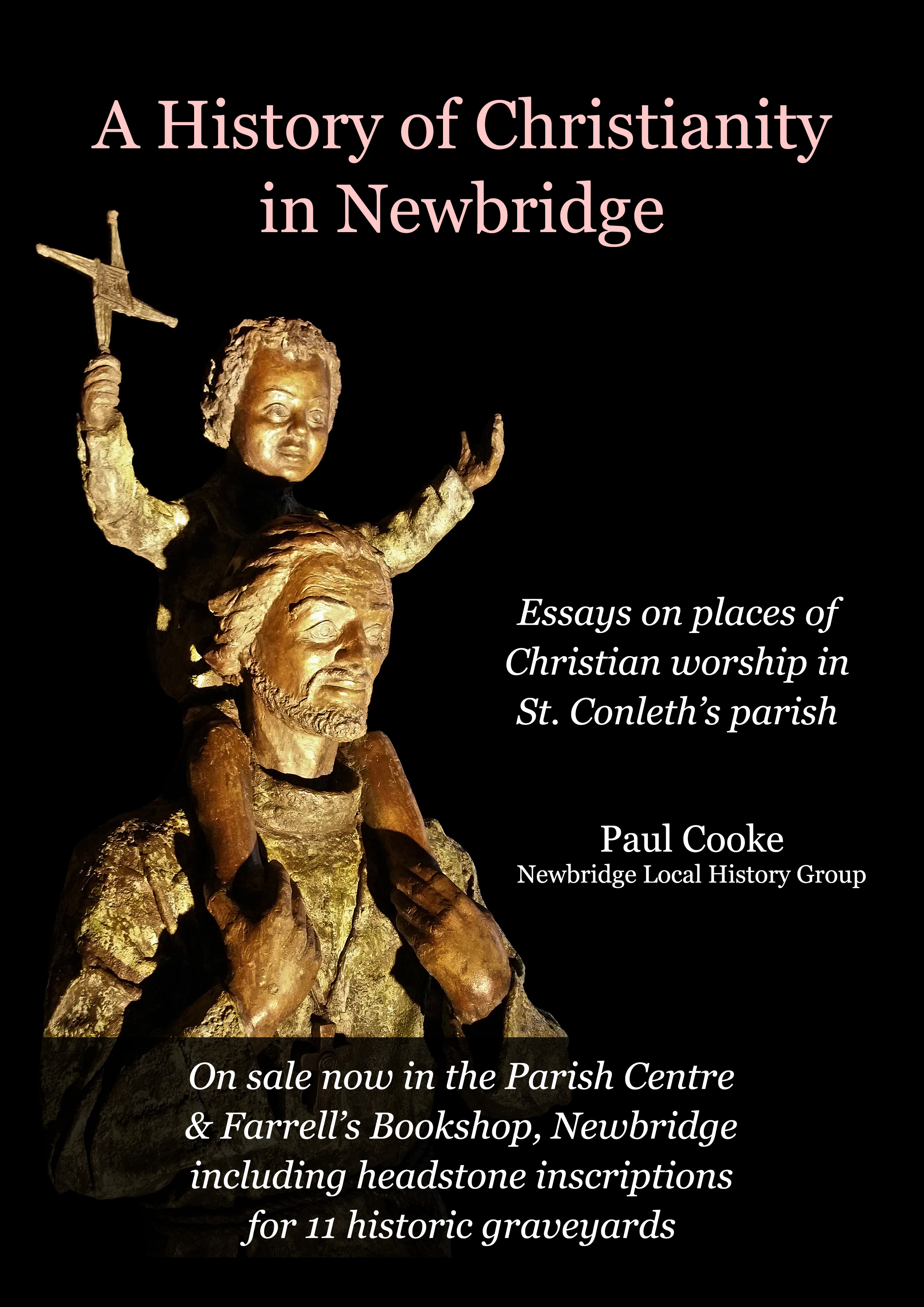Pat Byrne Covid Archive
Canals and Covid
For much of the Pandemic Year of 2020, the National Emergency lockdowns and restrictions confined us to travel in our own locality or within the boundaries ofCountyKildare.
Most people tried to maintain a programme of regular outdoor exercise, keeping at a distance from other people. Living in Newbridge we were fortunate to have access to the wide expanses of the Curragh for long “socially distanced” walks.However, as the months of restrictions continued, we needed to bring more variety to our daily walks.
We have always had great admiration for the skills of the canal builders, who in the early 1800s were able to plan and construct a waterborne transport system throughout the country, and in most cases, these waterways, bridges and locks have survived in excellent condition to the present day.
Although the main route of theGrand Canalthrough the County is well known, it was only during the lockdown period that we began to discover and appreciate the network of feeders and branches that make up the complexities of the system.
The first area investigated was the canal branch which runs fromBasin Streetin Naas and mysteriously terminates atCorballyHarbournear Herbertstown. We knew both ends of this waterway but had never “joined the dots”. After checking its route on the map, and confirming its accessibility with local walkers, we enjoyed many fine days rambling along its towpath, which is generally in good condition and provides a level walking route of about 8 kilometres through quiet farmland. The canal is well maintained and the three bridges on this route (Hoare’s, Connaught andLeinster) are fine examples of the granite stonework used on these canals.
The Milltown Feeder was a revelation. The road at The Hanged Man’s bar crosses a canal bridge, but we had never considered the purpose of this waterway. However we found that following the towpaths from here in both directions provided many days of varied walking experiences.
Walking South follows the route of the canal though quiet farmland past nesting swans and ducks, leading eventually to the wetland of Pollardstown. The Fen is a wonderful area of natural springs, and the purpose of this branch of the canal is to provide a water supply into theGrand Canalat its highest point in Allenwood. It really was quite a surprise to discover that such a long feeder canal had been constructed for this purpose.
Alternatively, walking North from The Hanged Man’s we entered a different landscape in which the canal banks have been built up above the level of the surrounding land to ensure a steady flow of water toward Allenwood. After passing the ruined mill buildings atMilltownBridge, we followed the canal on its long sweeping curve around the Hill of Allen enjoying wonderful open vistas of the fertile countryside.
The area around theGrand CanalBridgein Sallins village was well known to us, but we had never travelled west from here towards theLiffeyBridgeuntil a chance conversation suggested it may be of interest.
The Initial section of the towpath has become home to a great variety of houseboats and their residents. Beyond this, the canal takes an unusually sharp right angled turn, apparently due to a change from the original plan to join the canal to the Liffey by a series of locks. The canal now continues south toSoldiersIslandwhere the waterway toNaasHarbourbranches off. The canal changes direction again a number of times as it passes under the recently completed bridge of the Sallins Bypass and then on to the impressive aqueduct which carries it over the River Liffey. From here the towpath continues through quieter farmland until it reaches the lock atDigbyBridge. Our walks along this section provided a great variety of landscape and demonstrated some of the stages of development of the canal.
The year of Covid certainly brought many changes, challenges and tragedies.
But, by severely restricting our travel, it also encouraged us to investigate and appreciate some of the overlooked places and possibilities in our own locality.
© Pat & Eithne Byrne

